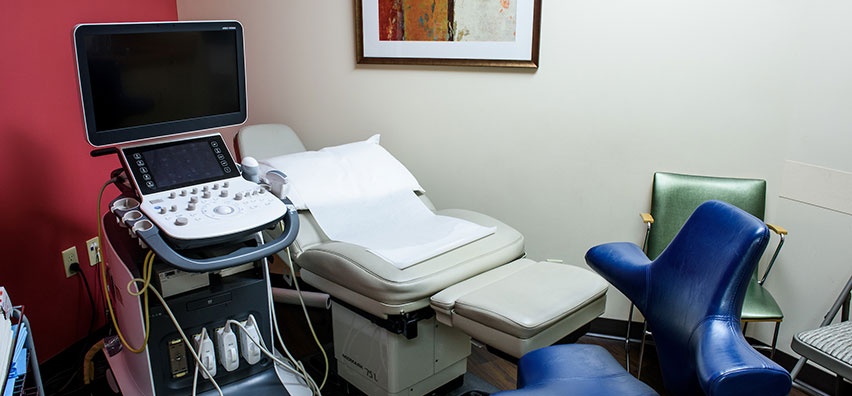Our patient portal has an online questionnaire about your health history that can be uploaded by office staff directly into your chart. Please take the time to fill out your health history on the patient portal as this will give the Doctor or Practitioner more time with you at your appointment. Click on your appointment in the portal and open the appointment by clicking “see more”. This will allow you to access the link for the Health History Form. If you cannot fill this form out at home we ask that you arrive 30 minutes earlier to complete this on a computer in our office.
It is also necessary that all patients review and electronically sign the Privacy Practices, Assignment and Release of Insurance Benefits and Late Policy in the portal. This is done by completing the Online Check-In. Please note you must also check-in at the reception desk when you arrive at the clinic.



